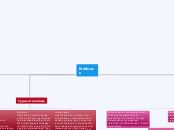によって Nacho Martín 8年前.
499
Molluscs
Molluscs are a diverse group of animals classified into three main types: bivalves, gastropods, and cephalopods. Bivalves possess two-part shells and use a foot shaped like a wedge for movement and digging, feeding by filtering water.









